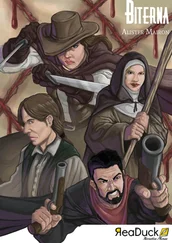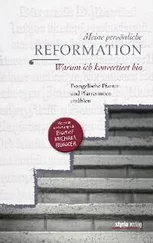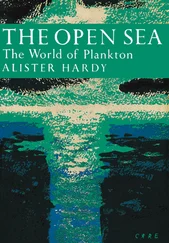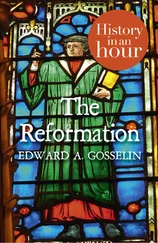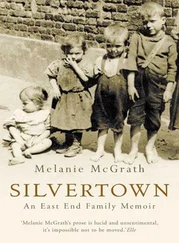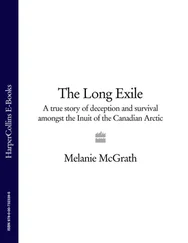Some scholars have suggested that this “folk religion” represents the persistence of paganism in late medieval Europe. Jean Delumeau, for example, suggested that the process of conversion of western Europe had been incomplete, and was largely restricted to social elites. Especially in rural contexts, the external observance of “official” theological orthodoxy was often accompanied by popular religious beliefs and practices which represented continuities with an older pagan tradition. Others, however, have pointed out that, on closer examination, these allegedly “pagan” continuities turn out to be Christianized beliefs or practices, which may have had pagan origins yet were subsequently redirected by Christian theologians.
In his influential works The Stripping of the Altars (1992) and The Voices of Morebath (2001), Eamon Duffy was critical of those who claim that there was some kind of schism or radical sociological division between the “religion of the people,” characterized by superstition and a lingering paganism, and the religion of a literate elite during the later Middle Ages. Instead, he points to what he considers to be a shared or common set of symbols and beliefs which bridged this alleged “gulf” between the elite and the peasants. These symbols and beliefs were, Duffy argues, expressed in the liturgy – a “cycle of fast and festival, of ritual observance and symbolic gesture” which shaped and held together both folk and educated versions of faith by shaping “their perception of the world and their place in it.”
A second alternative theology is found in the world of magic. This term is too easily misunderstood by modern readers. During the Middle Ages, it designated a range of options, with two being of particular importance. The first (referred to in the scholarly literature as “image magic”) arose from an influx into Europe of Latin translations, mainly originating from Spain, of a range of magic texts drawn from the Greek, Arabic, and Jewish traditions. Many of these texts treated magic as a form of natural science, allowing its practitioners to understand and thus manipulate the powers of nature – including the influence of the planets and stars on human life.
In the late thirteenth century, Alfonso X of Castile and León assembled a group of scholars to translate texts from Arabic into Latin and Castilian. At least five of these texts would now be counted as “magical” – such as the Libro de astromagia , which concerns the networks of natural forces in the universe and how they can be manipulated to human advantage. These works included “lapidaries” (studies of the magical powers attributed to different stones) and studies of the medicinal uses of plants. These works did not understand magic in terms of the invocation of dark or demonic forces, but rather saw magic as opening up new possibilities for human control of situations arising from a deeper understanding of the natural world. The practitioner of magic was sometimes described as “the perfect philosopher” who had mastered the arts of natural philosophy, geometry, music, and astronomy.
Alongside this, a darker form of ritual magic emerged, which functioned through the invocation of angels or demons. These forms of magic – often referred to as “Solomonic” magic – involved the subjugation or domination of spirits through a knowledge of their secret names, which allowed the magician to command them to perform certain functions. Many in late medieval Germany shared a belief in fiends and devils lurking in woods and dark places, awaiting their opportunity to snatch unwary souls and take them straight to hell. This widespread fear of demons and evil spirits led to the emergence of necromantic rituals, designed to protect an individual or household from malevolent spirits – such as the invocation of the names of Christ or the saints to subdue demons, and the construction of magic circles to act as zones of safety.
While many theologians were highly critical of ritual magic, the evidence suggests that various forms of what Frank Klaassen terms “Illicit Learned Magic” had a considerable impact on the imagination of the late medieval and Renaissance world. By the sixteenth century, “image magic” was in decline, and “ritual” magic was gaining the ascendancy, playing an important role in the social fascination with witchcraft which became so prominent in the later sixteenth and early seventeenth centuries, after the period covered by this textbook (1500–60). Yet the importance of magic for a student of the Reformation lies mainly in its role as a quasi-religious phenomenon, which was mediated through charismatic or learned individuals, not through institutions. It was an alternative theology, independent of the church, which engaged human anxiety and needs, whether those needs were laudable or not. Magic was, for some, an anti-authoritarian means of self-actualization and agency.
It is generally believed that the Reformation contributed to the decline of magic, although this generalization must be treated with some caution. For example, magic seems to have continued to be seen by some as an “alternative spirituality” in many Lutheran areas of Germany. Historically and sociologically, this process of decline is more complex than some writers – such as the famous German scholar Max Weber – might suggest, and depends largely on how “magic” is defined. In his landmark Sociology of Religion , Weber famously held that magic was initially rejected and ultimately displaced through a process of rationalization, which was exemplified religiously in Calvinism and intellectually in the natural sciences.
Weber can be criticized here, not least on account of his own implicit theological preferences, which lead him to favor the “rational” approach of Calvin over the “magical” approach of Catholicism to the question of salvation, and its link with the sacraments. Furthermore, English Protestant writers – such as the seventeenth-century poets John Donne and George Herbert – are quite willing to use alchemical imagery in their theological reflections, suggesting that Weber’s approach needs some nuancing. The use of magical and alchemical language appears to have remained acceptable within English Puritan circles, suggesting that these had not been eliminated quite as thoroughly as Weber suggested.
Religious Democratization: The Use of the Vernacular
One of the lessons that Martin Luther learned from Erasmus of Rotterdam was the importance of the printing press in projecting his intellectual influence within society. In 1520, Luther began to advance the cause and extend the reach of his program of reformation by appealing directly to the German people through the medium of print, over the heads of clerics and academics. Many of Luther’s early reforming works during the 1520s were short pamphlets written in the German language, aimed directly at an intelligent lay readership. It was a tactic that would be imitated throughout Europe, as the power of the vernacular pamphlet became obvious to all. Luther realized that using the vernacular as a means of theological communication was essential if he was to secure popular support for his reforms.
Why was this development so important? The language of the academy, the church, and the state in western Europe throughout the Middle Ages was Latin. There was an obvious need for a common language to allow communication across this vast and diverse region of the world. Latin was the language of the great Roman poets, rhetoricians, politicians, and philosophers, and of highly influential Christian theologians such as Augustine of Hippo, Ambrose of Milan, and Tertullian. Luther knew that anything he wrote in Latin would be understood by the educated elite across Europe.
Читать дальше
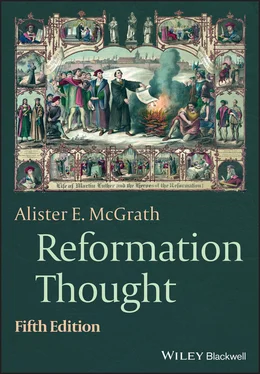
![О Генри - Возрождение Каллиопы [The Reformation of Calliope]](/books/407342/o-genri-vozrozhdenie-kalliopy-the-reformation-of-c-thumb.webp)
